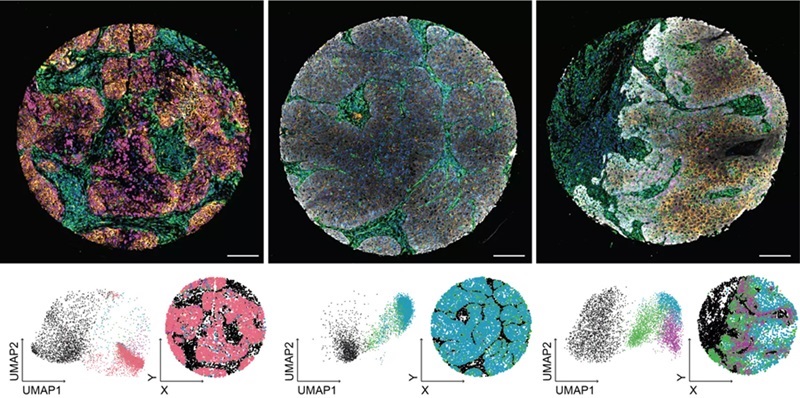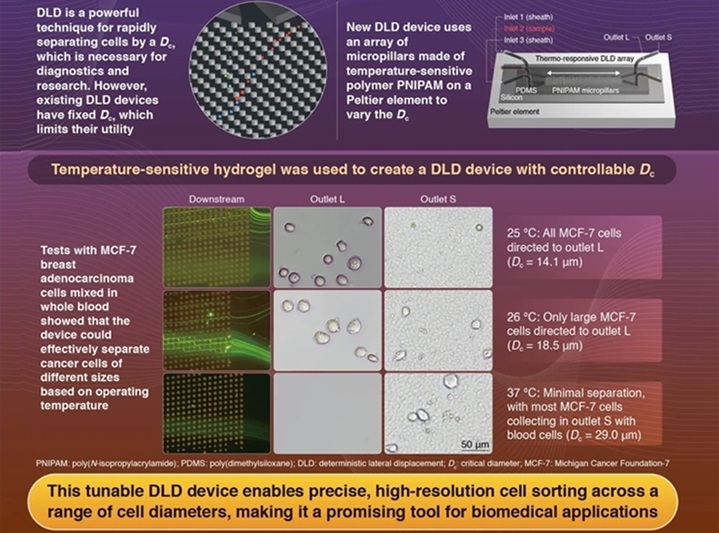New Imaging Method Opens Door to Precision Diagnostics for Head and Neck Cancers
Posted on 29 Oct 2024
Head and neck cancers, while considered rare, represent a significant portion of cancer cases and have seen a notable increase over the past 30 years. These cancers encompass various malignant tumors that can arise in areas such as the mouth, throat, larynx, nose, sinuses, and salivary glands. Major risk factors include tobacco and alcohol consumption, both of which considerably heighten the likelihood of developing these cancers. Additionally, infections with the human papillomavirus (HPV) are becoming increasingly significant, particularly in certain cases of throat cancer. The five-year survival rate for head and neck cancers ranges from 40% to 70%, with different subtypes exhibiting varied prognoses. Now, a novel technology combines indicators of cancer cell behavior with the architecture of the tumor and adjacent healthy tissue to create a unique ‘fingerprint’ for each patient, aiding in prognosis assessment and response evaluation to cancer therapy.
Utilizing a machine-learning-based approach, a collaborative team of researchers from the University of Helsinki (Helsinki, Finland), the University of Turku (Turku, Finland), and the Max Planck Institute for Molecular Biomedicine (Münster, Germany) analyzed hundreds of biobank patient samples at the single-cell level. A key finding from this study was the introduction of a new imaging technique that merges the analysis of biomarkers related to cell behavior with morphological assessments of individual cell shapes and the overall tumor tissue structure. This innovative method successfully identified two previously unknown patient groups: one with an exceptionally favorable prognosis and another with a notably poor prognosis. The distinction between these groups was attributed to a specific combination of a particular cancer cell state and the makeup of the tissue surrounding the cancer cells.

In the group with poor outcomes, the disease's aggressiveness was associated with signaling between the cancerous tissue and the adjacent healthy connective tissue, mediated by the epidermal growth factor (EGF). This new imaging technique paves the way for precision diagnostics in head and neck cancers. The researchers are now working on developing a diagnostic test aimed at achieving more accurate diagnoses for this type of cancer. Furthermore, they are exploring the applicability of this method in diagnosing other cancer types, including colon cancer.
“Our research uses the latest analytical methods in machine learning and spatial biology. We analyze hundreds of patient samples and millions of cells, which is only possible with the help of high-performance computing and artificial intelligence. This study is part of a new revolution in cancer diagnostics. We believe that the technology will significantly improve cancer diagnostics and the accuracy of treatment strategies,” said Sara Wickström from the University of Helsinki who led the research team. “Imaging of cancer biomarkers with antibody staining is already in clinical use. Therefore, the method will not be particularly expensive, as it only requires the algorithm we have developed and a special combination of antibodies. Considering the cost of cancer treatment, it is actually quite affordable.” The researchers' findings were published online October 28 in the journal Cell.














